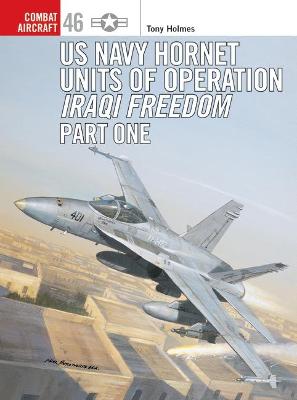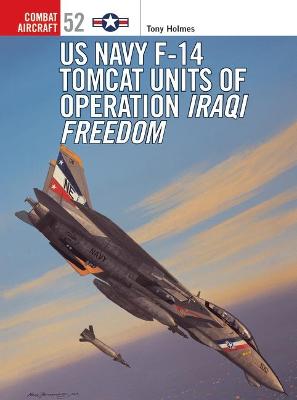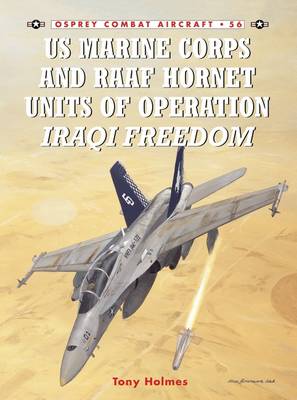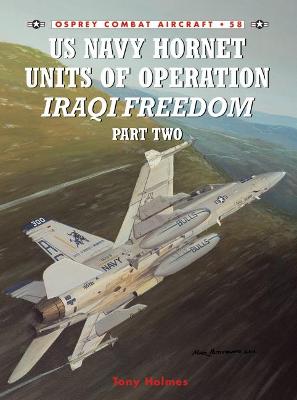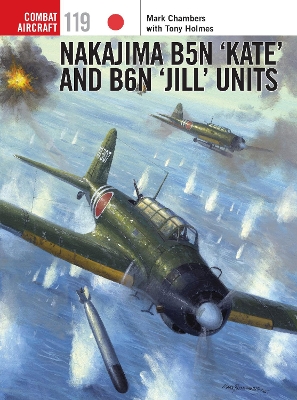Combat Aircraft
5 primary works • 6 total works
Book 46
The F/A-18 Hornet in its various guises was the 'universal soldier' of OIF, with around 250 seeing combat. Flown by various squadrons and groups, the Hornet attacked a range of targets including tanks of the various Iraqi Republican Guard units and government buildings housing elements of the Bath party regime. Apart from its ability to drop precision munitions such as laser-guided bombs, the Hornet was also capable of launching anti-radar missiles and acting as an aerial tanker and reconnaissance platform for other strike types. This book explores the Hornet's versatility which has enhanced its reputation as one of the world's leading strike-fighter aircraft.
Book 52
Since the limited Desert Fox campaign against Iraq in December 1998, the Tomcat has been integral to virtually all combat operations involving the US Navy in the Arabian Gulf. Indeed, on every carrier deployment to the Persian Gulf since Desert Fox, the F-14 unit(s) on station has ventured into 'The Sand Box' over southern Iraq and prosecuted targets operating in contravention to United Nations security council resolutions. This book covers the F-14 Operation Iraqi Freedom actions against battlefield targets and integrated air defence sites, command and control centres, regime leadership targets and military installations in Baghdad, Tikrit, Mosul and Kirkuk.
Book 56
US Marine Corps and RAAF Hornet Units of Operation Iraqi Freedom
by Tony Holmes
Published 8 February 2006
Hornet units were in the vanguard of first strikes in Operation Iraqi Freedom, and this book draws on material from the author's unprecedented interviews with Australian and American combat veterans to provide a remarkable insight into their operations with the RAAF and US Marines in Iraq. The RAAF detachment in Iraq represented the Australian Air Force's first deployment in an overseas theatre since the Korean War. This book examines the combat roles of RAAF and US Marine Homets throughout OIF, including their support of the drive towards Baghdad, and detailing the impressive array of US ordnance that they dropped or launched in the course of the campaign.
Book 58
US Navy Hornet Units of Operation Iraqi Freedom (Part Two)
by Tony Holmes
Published 14 November 2005
The Hornet units waged war in northern Iraq from the carrier decks of the USS Harry S Truman and USS Theodore Roosevelt from off the coast of Turkey. The conflict for these squadrons was very different from the campaign fought in southern Iraq, working almost exclusively with clandestine Special Forces teams from the US Army, Marine Corps, Navy SEALs, British and Australian SAS, and Kurdish guerrillas. This book tells the story of the first Navy Reserve unit to be mobilised since the Korean War and their role in the northern Iraqi campaign.
Book 70
The legendary F-14 Tomcat was the weapon of choice to strike hard and fast against the enemies of the United States in the wake of the September 11 attacks, with F-14s flying thousands of bombing missions on Al-Quaeda and Taliban positions. This book explores the F-14 pilots and aircraft involved in Operation Enduring Freedom, with insights into the tactical approach and strategic aims provided by senior officers who have uniquely agreed to contribute to this history. Exclusive access to mission reports, combat diaries, full-colour artwork and photographs from the author's collection reveal the battle experiences of the most famous modern fast jet.
Entering service during the Sino-Japanese War, the Nakajima B5N (code-named 'Kate') excelled and went on to achieve surprising and dramatic successes in the Japanese attack on Pearl Harbor. It also contributed to the sinking of the US aircraft carriers USS Lexington at the Battle of the Coral Sea, USS Yorktown at the Battle of Midway, and USS Hornet at the Battle of the Santa Cruz Islands. Its replacement, the Nakajima B6N 'Jill', while a marked improvement over its illustrious predecessor, was never able to achieve its full potential in combat due to advances in Allied aircraft, finding itself relegated to the dreaded Kamikaze strikes in the latter part of the war.
Using previously unpublished photographs as well as colour illustrations, this book will cover the history of the 'Kate' and 'Jill' torpedo/attack bombers, including their design and development, as well as the combat highs and lows of the Imperial Japanese Navy's premier torpedo-bombers.
Using previously unpublished photographs as well as colour illustrations, this book will cover the history of the 'Kate' and 'Jill' torpedo/attack bombers, including their design and development, as well as the combat highs and lows of the Imperial Japanese Navy's premier torpedo-bombers.
